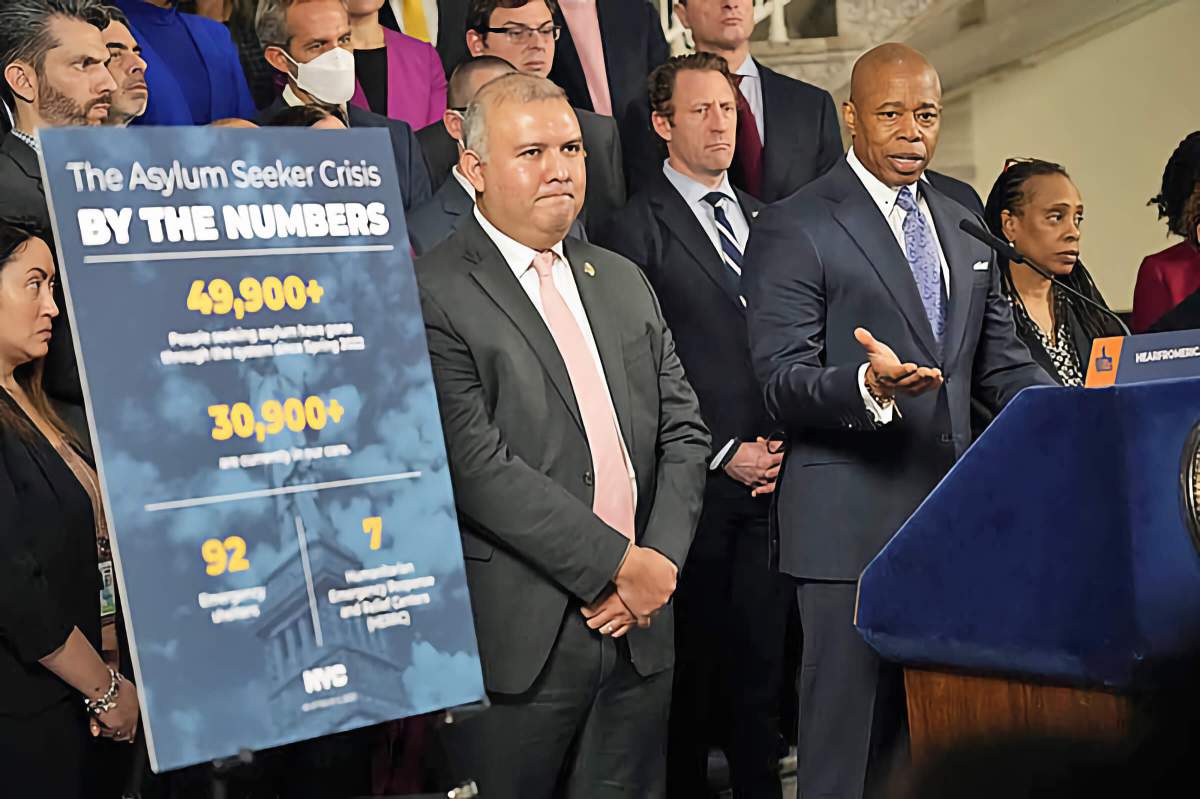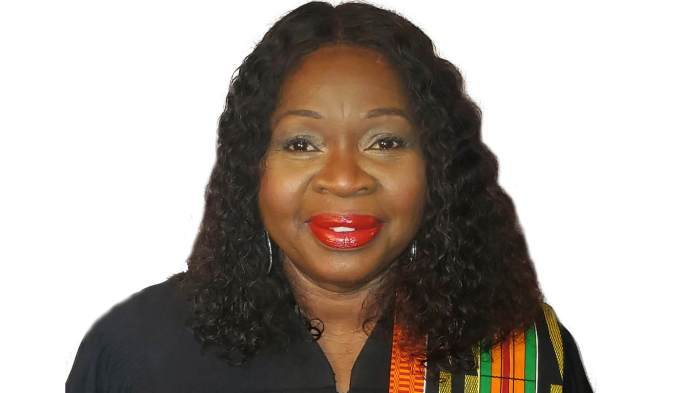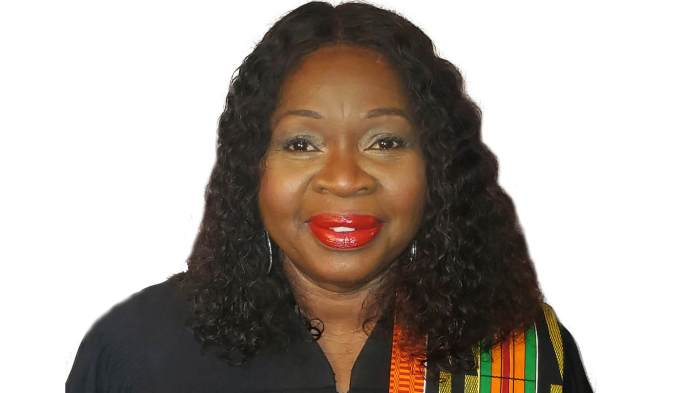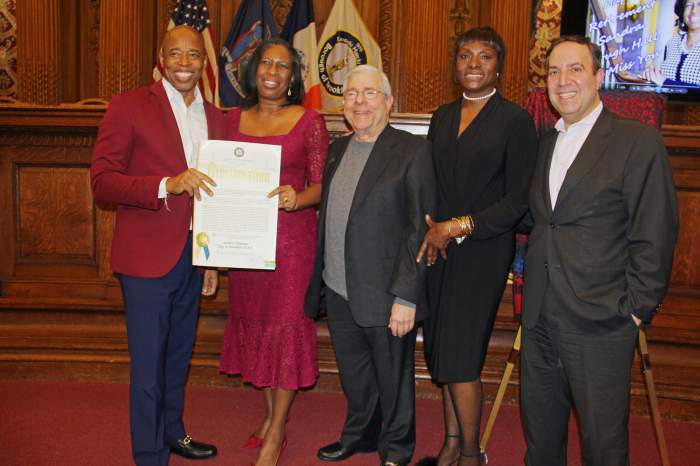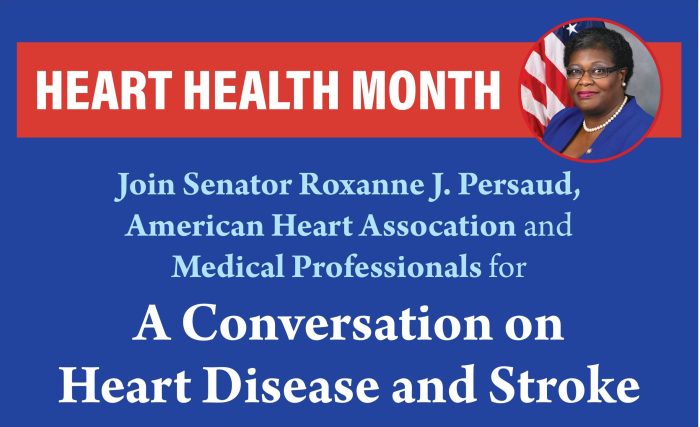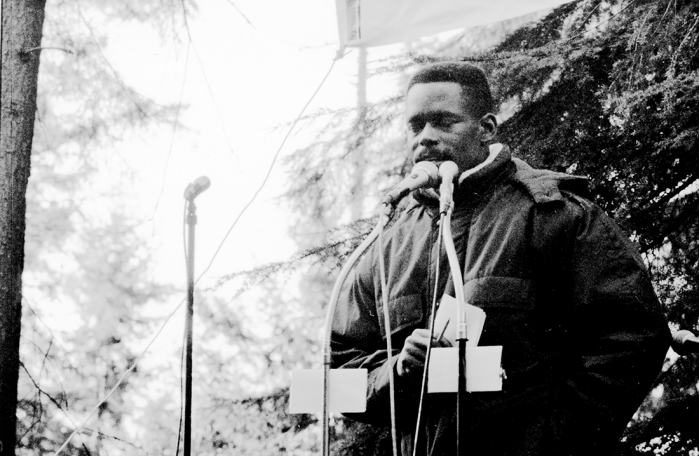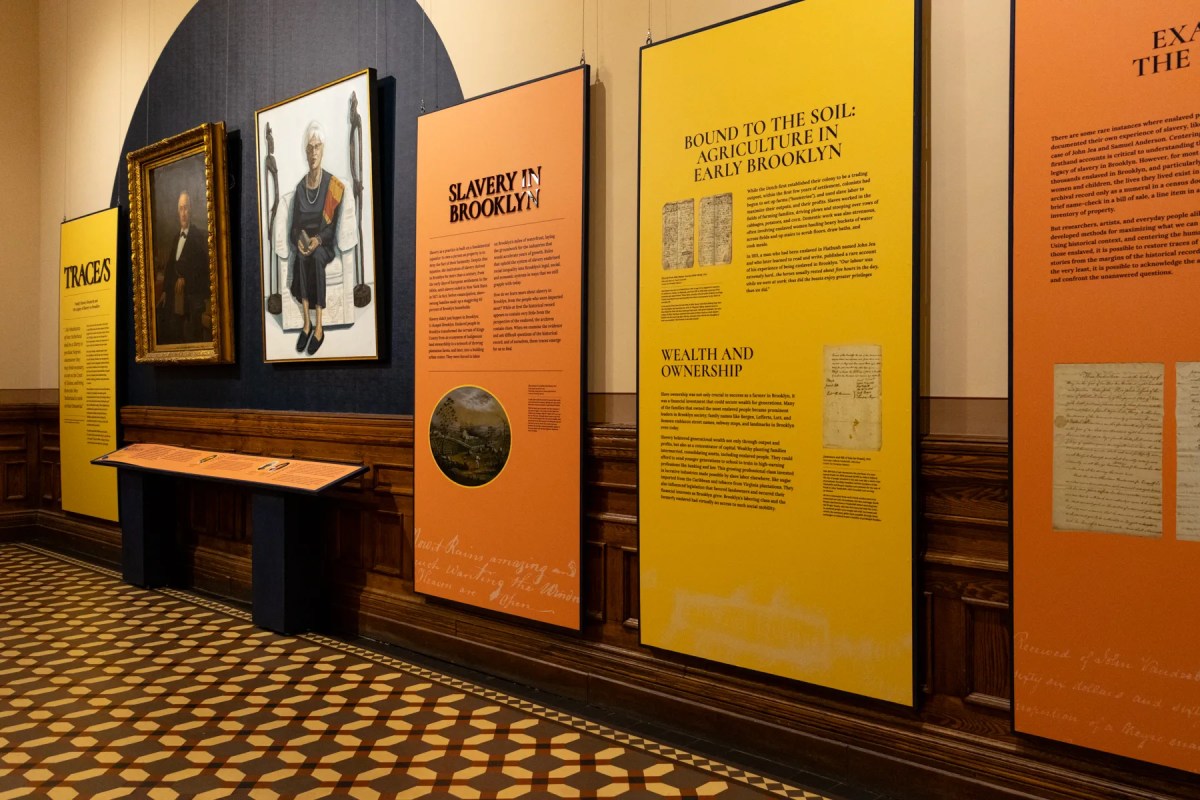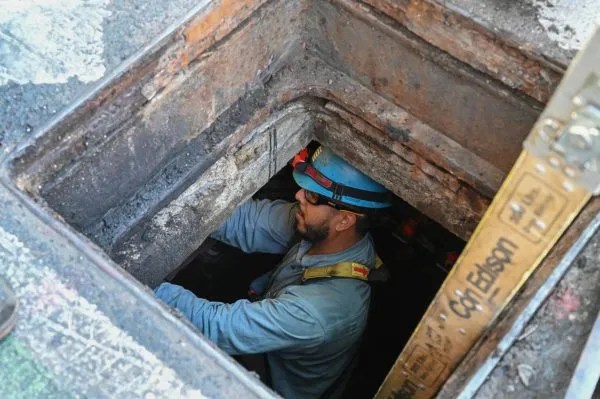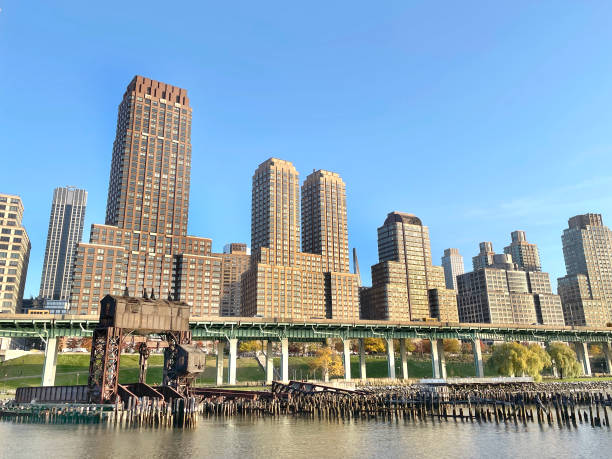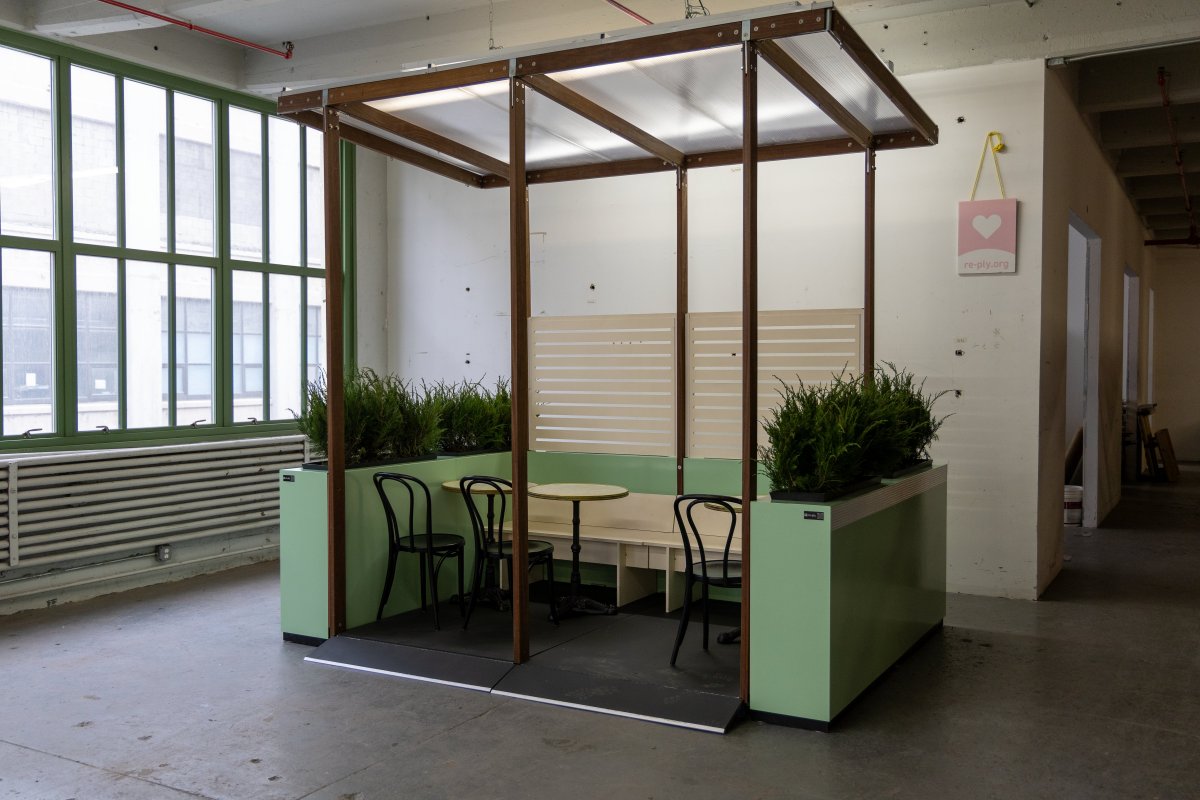Mayor Eric Adams on Tuesday released “The Road Forward: Blueprint to Address New York City’s Response to the Asylum Seeker Crisis,” a comprehensive approach outlining the next phase of the city’s response to the unprecedented humanitarian crisis resulting from the surge of Caribbean and other asylum seekers arriving in the five boroughs since last spring.
As the number of asylum seekers arriving in New York City since last April tops 50,000 — with more than 30,000 currently in the city’s care —Adams announced he will create the Office of Asylum Seeker Operations (OASO) to focus solely on coordinating the city’s continued response with a focus on resettlement and legal services, as well as a new 24/7 arrival center for asylum seekers.
Many of the asylum seekers are from Cuba, Haiti and Venezuela.
The blueprint also outlines new strategies the city will pilot to train asylum seekers for employment, including a program with houses of worship to provide asylum seekers with a place to stay and connection to services, in addition to a partnership with SUNY Sullivan to provide job training and housing for asylum seekers as they await work authorization.
The mayor said the city will continue to advocate for the state and federal governments to provide additional financial and operational support to better manage the asylum seeker crisis moving forward.
“Over the past year, New York City has faced an unprecedented humanitarian crisis caused by global forces beyond our control,” said Mayor Adams. “We have moved mountains to help the tens of thousands who arrived as our shelter population has increased at a dramatic rate.
“As we continue to respond, I’m proud to announce, ‘The Road Forward,’ our blueprint to address the asylum seeker crisis and outline the work that lies ahead,” he added. “New Yorkers know that the asylum seeker of today is the citizen, the leader, and the innovator of tomorrow, and I’m proud that New York City is leading the way, turning a crisis into an opportunity for progress for the entire country.”
“The Asylum Seeker crisis has challenged so many of us in various ways – and the city’s response has been and continues to be laden with care and compassion,” said First Deputy Mayor Sheena Wright. “Our blueprint is a plan for how we will move forward together, and I implore everyone at all levels to help however you can. This affects us all, and together is how we can best navigate this crisis.”
“Throughout this crisis, the city has worked to center our services with dignity, respect, and care for every individual, family, and child,” said Deputy Mayor for Health and Human Services Anne Williams-Isom. “Whether helping children receive needed vaccinations, assisting with school enrollment, or providing vital legal information, the city and our partners in the non-profit, faith-based, and private sector continue to step up and meet the needs of asylum seekers every day.
“This blueprint lays out the work to date and, more importantly, charts a path forward,” she added. “The work ahead remains an ongoing, complex, interconnected set of issues that will take support from our state and federal partners, and all sectors of society. Thank you to our teams and partners that continue doing the work 24/7 to support our newest New Yorkers.”
Adams said New York City has stepped up throughout this crisis, handling an unprecedented arrival of asylum seekers, largely on its own.
While more than 50,000 asylum seekers have moved through the city’s intake system since last spring, currently, he said New York City is providing a place to stay for more than 30,000 asylum seekers — more than any other city in the nation.
Last year, the city launched a swift, coordinated multi-agency effort to provide basic needs and services to the tens of thousands of asylum seekers arriving, providing shelter, food, clothing, access to health care, legal information, education, and more.
The city launched the Asylum Seeker Resource Navigation Center and satellite sites, which, the mayor said, have now served more than 14,000 asylum seekers, providing casework, legal, medical, and school enrollment, as well as a range of other services.
He said the city has also already opened 92 emergency shelter sites and currently has open seven Humanitarian Emergency Response and Relief Centers that provide asylum seekers with a place to stay, and, through Project Open Arms, the city has enrolled more than 13,000 students in temporary housing since last summer.
Led by the newly created OASO, Adams said New York City will transition from an emergency response-approach to a steady state-approach in an effort to continue managing the response to the unprecedented asylum seeker crisis.
He said OASO will manage a new, centralized 24/7 arrival center that will replace the Port Authority as a primary destination for asylum seekers when they arrive.
“This will enable experienced community-based providers that have been working around the clock on the ground to work in coordination more closely,” the mayor said.
He said OASO will also oversee inter-agency coordination, manage advocacy to state and federal governments, and lead the following initiatives to help newly arrived asylum seekers chart a course towards self-sufficiency and long-term resettlement.


